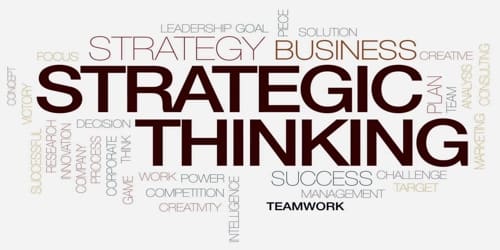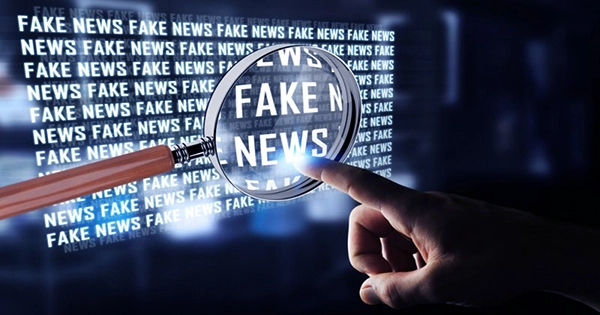Strategic Thinking
Definition: ‘Strategic thinking is defined as coming up with alternative viable strategies or business models that deliver customer value’, (Abraham, Stan, Stretching strategic thinking, Strategy & Leadership, Vol. 33, No. 5 (2005), 5-12). Strategic thinking has to do with finding alternative ways of competing and providing customer value. A strategy is more than a plan, as strategy implies competing outwitting competitors and providing unique value.
It is defined as a mental or thinking process applied by an individual in the context of achieving success in a game or other endeavour. As a cognitive activity, it produces thought.
Strategic thinking helps business managers review policy issues, perform long-term planning, set goals and determine priorities, and identify potential risks and opportunities.
Strategic thinking is different than strategic planning. Strategic planning is the channelling of business insights into an action plan to achieve goals and objectives. A key distinction between strategic thinking and strategic planning is that the former occurs on a regular basis, as part of our daily activities, while the latter occurs periodically (quarterly, semi-annually or annually).
Overview: Strategic thinking includes finding and developing a strategic foresight capacity for an organization, by exploring all possible organizational futures, and challenging conventional thinking to foster decision making today.
General Andre Beaufre wrote in 1963 that strategic thinking “is a mental process, at once abstract and rational, which must be capable of synthesizing both psychological and material data. The strategist must have a great capacity for both analysis and synthesis; analysis is necessary to assemble the data on which he makes his diagnosis, synthesis in order to produce from these data the diagnosis itself and the diagnosis, in fact, amounts to a choice between alternative courses of action.”
Exploration and Exploitation – The two fundamental activities of an organization are exploration and exploitation. All organizational activities can be understood as one or the other, or the linkage of the two, which transforms the enterprise. These activities, including and the synergy between them, drive the evolution and performance of the enterprise. The effectiveness of these activities is the major factor in a firm’s performance results.
Exploration – discover, develop, or acquire new value creation potential — invention or discovery of a new technology
- Exploration activities discover, develop, or acquire new value creation potential.
- Learning is pursued with the intent to increase organizational performance through the exploration of new possibilities.
- Exploration can be thought of as the invention or discovery of a new technology — technology being the application of human knowledge to work (Drucker, 1985).
- “The essence of exploration is experimentation and new alternatives.
- “Exploration’s returns are uncertain, distant, and often negative.” (March 1991, p 85)
Exploitation – employ existing technology to produce wealth
- Exploitation employs existing technology to produce wealth.
- Learning and knowledge development is pursued with the intent to increase organizational performance through the exploitation of old certainties.
- Exploitation activities tap the business organization’s value creation potential to product offerings, refining and optimizing these activities in order to be competitive.
- “The essence of exploitation is the refinement and extension of existing competencies, technologies, and paradigms.
- “Exploitation’s returns are positive, proximate, and predictable.” (March 1991, p 85)
Strategic Thinking vs. Strategic Planning:
In the view of F. Graetz, strategic thinking and planning are “distinct, but interrelated and complementary thought processes” that must sustain and support one another for effective strategic management. Graetz’s model holds that the role of strategic thinking is “to seek innovation and imagine new and very different futures that may lead the company to redefine its core strategies and even its industry”. Strategic planning’s role is “to realise and to support strategies developed through the strategic thinking process and to integrate these back into the business”.
Information Source:
















